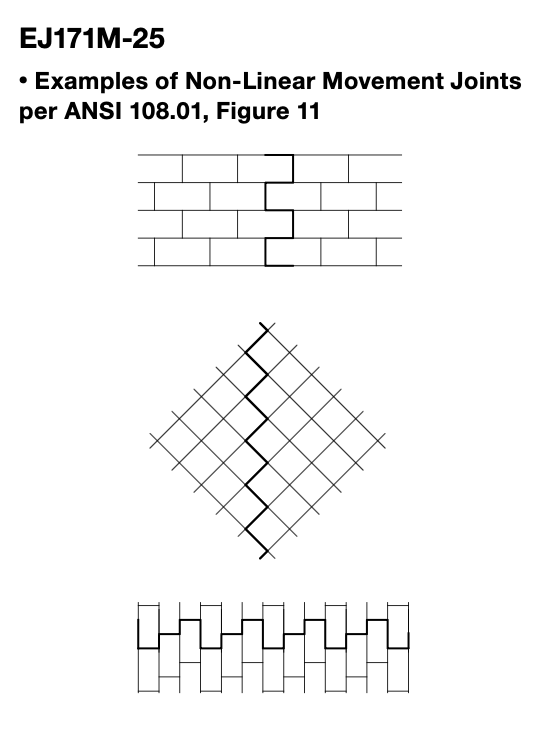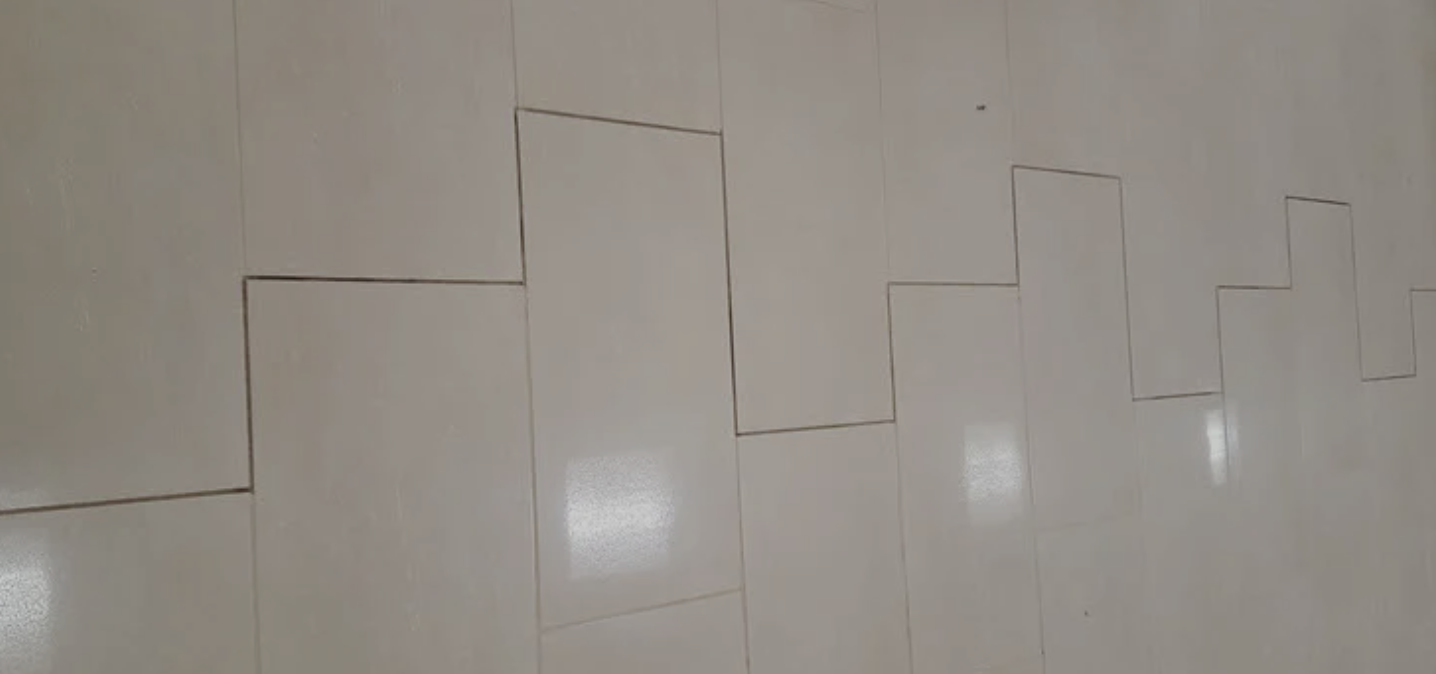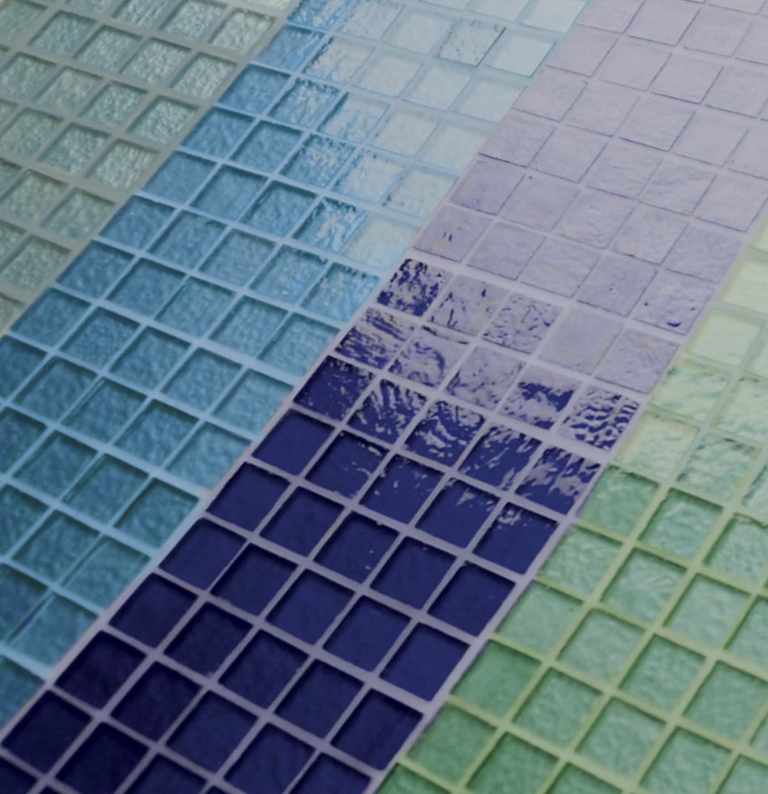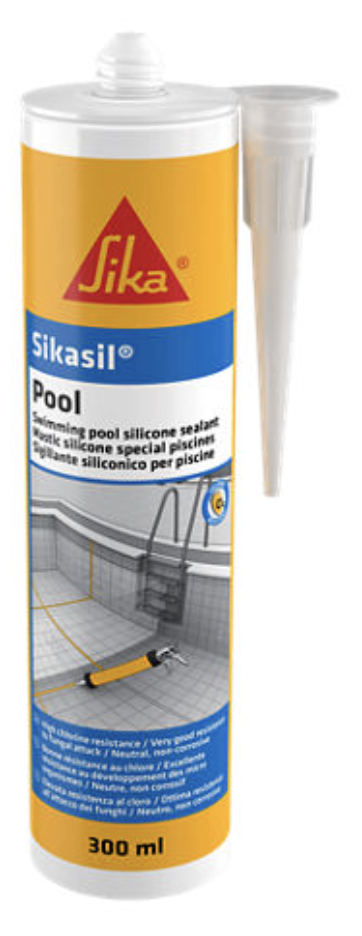Talk Nerdy to Me: Invisible Movement Joints + Moa (with no sheet lines)
Author: Erin Albrecht — J&R Tile (NTCA Five-Star) · Texas Tile & Stone Forensics (NTCA Recognized Consultant)
Audience: Architects • Designers • GCs • Pro Tile Contractors & Installers
The New Secret in Tile: Use Gestalt Continuity to Hide EJ-171 Movement Joints
Per TCNA EJ-171, soft joints are non-negotiable: Interior 20–25 ft O.C., Exterior 8–12 ft O.C., plus every perimeter and change of plane. Skip them and you’re buying cracks, tenting, or leaks. Period.
Cheat code — Gestalt continuity. Our eyes love smooth, predictable paths. Break a long line into short, repeating steps that live inside the grout matrix and the brain stops calling it a “line.
Long straight joint = scar
Joint disguised in the layout = invisible
Game-changer (2018). Beginning with the 2018 TCNA Handbook, EJ-171 formally recognized non-linear movement joints—zipper/sawtooth, laced, gentle curves—so long as width, depth, closed-cell backer rod, and ASTM C920 sealant requirements are met. Translation: you can satisfy the standard and the eye. (Good primer: CTEF’s “How to Deal with Non-Linear Expansion Joints”.)
The rise of non-linear joints
Zipper joints (sawtooth): 2–4″ steps aligned to modules; reads as grout.
Gentle S-curves: echo water/veining/architecture—money in pools and landscapes.
Rhythmic staggers: run with running-bond or herringbone; the joint “belongs.”
PRO TIP — Perfect Color-Match Silicone (Made in the USA)
Groutmatch™ gives you a perfect match every time by mixing the job’s dry cement grout into a 100% silicone base. Interior/Exterior approved. And yes—about $9 a tube. Support a Texas small business and stop guessing at “close enough” colors, unless you enjoy rework and punchlists.
How it works: add a little of the same dry grout you used to the Groutmatch base and mix per the kit for true color-matched silicone at changes of plane and EJ-171 soft joints.
Notes: For standard cement grouts (sanded/unsanded). Follow joint geometry: closed-cell backer rod, ~2:1 width:depth, no three-sided adhesion. Verify any special exposure conditions with the manufacturer.
Why 100% silicone can look “off” next to sanded grout (nerdy quickie)
Most contractors notice sheen/texture mismatch—especially on sanded floors:
Surface micro-texture: sanded grout is rough (diffuse/matte); silicone cures smooth (specular/glint). Under raking light, a straight bead can pop—even when color is perfect.
Wettability: silicone is hydrophobic (beads → bright highlights); cement grout is more hydrophilic (films out → matte).
Optics/pigments: mineral grout scatters light; silicone pigments sit in a clear elastomer—gloss and index differ, so tone can shift at oblique angles.
Soiling behavior: smooth silicone shows films/scuffs more readily than textured grout.
Tame the sheen (keep compliance): choose a low-sheen/matte C920 silicone where available; tool a slight concave bead to shorten the glint; preserve 2:1 width:depth with proper backer rod (don’t over-widen the face); break continuity with zipper/laced layouts so reflections become short, non-obvious segments; for glass mosaics, pair clear silicone + translucent epoxy so the joint visually inherits the tile color. (Don’t “sand-dust” wet silicone—performance and cleanliness suffer.)
Glint - small flash of light, especially as reflected from a shiny surface. Specular - having the properties of a mirror
Why Translucent Epoxy Grout Makes Glass Mosaics Read as One Luminous Surface
Some glass mosaics glow as a single sheet; others look like a grid. The difference is optics.
Index-Matched Continuity (plain English). When grout is translucent and close to glass in refractive index, edge reflections and joint contrast become so small that the eye stops reading seams as “lines.” Highlights glide across joints; the surface reads as one luminous field.
Mini-proof Math (short):
R \approx \left(\frac{n_1-n_2}{n_1+n_2}\right)^2
Glass ≈ 1.52; translucent epoxies ≈ 1.50–1.56 → small mismatch ⇒ tiny reflection ⇒ low edge contrast ⇒ perceived continuity.
Where we spec translucent epoxy
Glass feature walls & backsplashes (the “pane of light” effect).
Showers, spas, steam (confirm full system & maintenance).
Pools & water features (glass mosaics): use silicone dot-mounted or face-mounted sheets to truly hit ≥95% mortar coverage required for wet/submerged work; plan EJ-171 joints as zipper paths on the 1″ grid.
Contractor Playbook (so this doesn’t boomerang)
Tool slightly concave. Proper adhesion, sheds water, reads like grout.
Color strategy. Clear silicone + translucent epoxy on glass; otherwise match silicone to the approved grout control sample (or use Groutmatch™).
Closed-cell backer rod only. No three-sided adhesion; correct depth controls bead geometry.
Geometry that works. Width ≈ 4× expected movement (Δexp); depth ≈ ½ width (verify TDS/EJ-171).
Mask before epoxy. Don’t let grout bridge the soft-joint cavity.
Contractor Toolbox (things we love)
Designer Playbook (make it gorgeous)
Carry joints along grout lines or rhythmic pattern shifts.
Echo stairs/reveals/stone veining; celebrate the curve in contemporary work.
Use the joint as a design device, not a necessary evil.
Exterior Movement / Direct Sunlight movement joint example: every 10 feet in both directions. Interior NOT in direct sunlight 20-25 Feet in both directions per TCNA.
Submerged: Sikasil® Pool (product shout-out)
Good news — Chlorine-resistant; extremely high resistance to fungal/mold growth; excellent water resistance; highly elastic/flexible; non-corrosive; adheres to tile, concrete, glass, metals.
Limitation (colors) — White, Grey, Clear.
Workaround: with glass mosaics, pair Clear with a translucent epoxy (e.g., Litokol Starlike Crystal EVO 700) so seams visually blend.
Coverage & Cost (1″×1″ glass, 1/16″ joints, ~¼″ tile)
Starlike Crystal EVO 700 — 5.5 lb pail → ~22 SF/pail.
Typical street price $101–$103 → about $4.59–$4.68/SF. (Confirm locally.)
The Last Word
If this walkthrough helps you design with confidence, execute without drama, or simply explain the “why” to an owner, GC, or peer—then it did its job. That’s the point: better outcomes for owners, fewer surprises for designers and GCs, and longer-lasting work for tile pros. Share it freely; when the industry gets smarter, every stakeholder wins.
Need qualified labor in any state? Start here:
• CTI Locator (CTEF): https://www.ceramictilefoundation.org/find-certified-tile-installers
• NTCA Five-Star Accredited Contractor Map: https://www.tile-assn.com/page/ntca-five-starsearch
Use the right team, and the details in this article turn into predictable performance instead of punch-list poetry.
